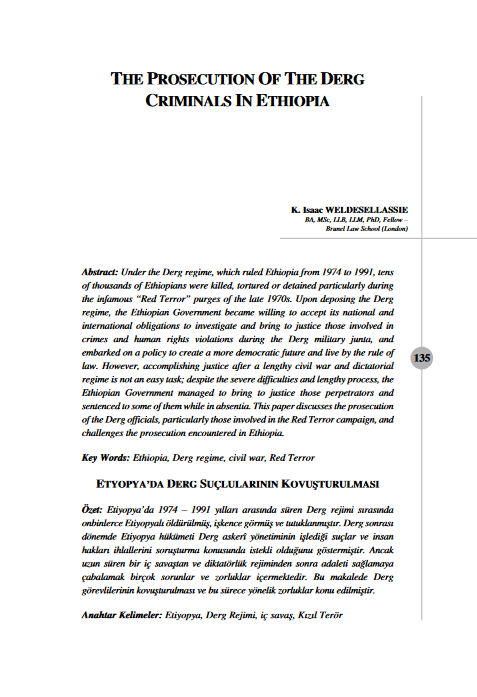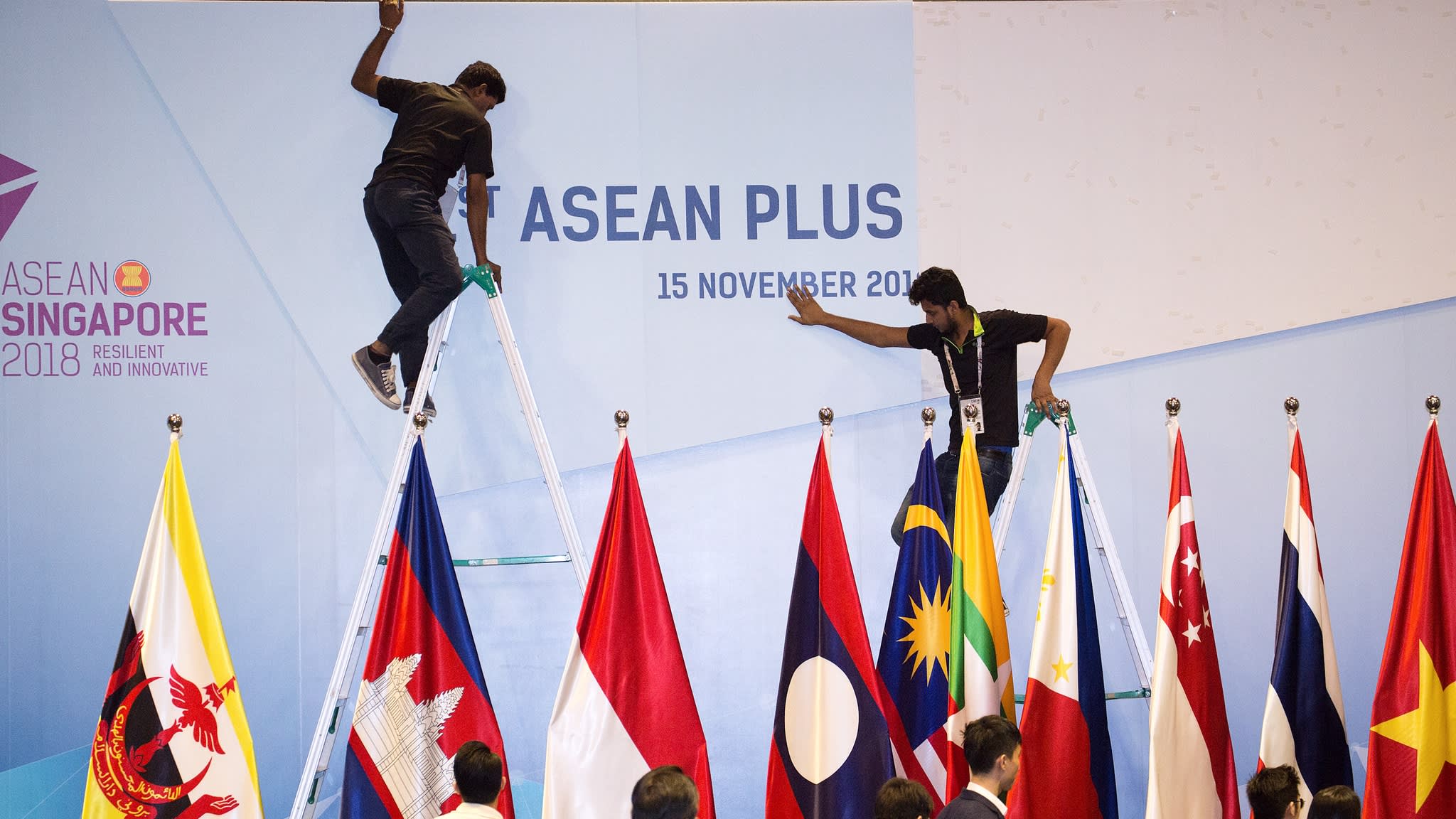
Nikkei Asia Review (15 January 2019)
After proving its durability for more than five decades, the Association of Southeast Asian Nations is fraying and is at risk of marginalization and irrelevance.
The existential challenges of major-power rivalry and internal discord that motivated ASEAN's formation in 1967 are now back in force, while regional coherence and leadership appears lacking. Yet just when ASEAN seems at its weakest in the face of seismic global power shifts, Southeast Asia's ten-member grouping is needed for regional peace and stability now more than ever.
To be sure, ASEAN as a group, especially before its expansion from six to ten members in the 1990s, used to be smarter and more assertive. Its formation in 1967 was a demonstration of leadership in defiance of an adverse external environment at the height of the Cold War.
The next generation of ASEAN leaders harnessed the organization's economic dynamism and geopolitical weight to provide regional leadership in South East Asia. The 1990s spawned Asia-Pacific Economic Cooperation, the ASEAN Free Trade Area, and the ASEAN Regional Forum.
Since then, ASEAN has proceeded with other ASEAN-centered bodies, such as the East Asia Summit and the ASEAN Defense Ministers' Meeting Plus. ASEAN centrality, which asserts the grouping as the de facto driver of regionalism and architecture-building in the Asia-Pacific region, became a bicycle that had to be peddled without pause lest it falls.
But now, much is different and most of it does not bode well. Despite mutual reassurances among the leaders and routine self-congratulatory gestures, ASEAN's centrality is being overshadowed and could be potentially overwhelmed.
Chief among the challenges is the superpower rivalry between the United States and China. When ASEAN was formed, it was intended to keep regional autonomy during the Cold War between the U.S. and the Soviet Union. ASEAN weathered the Cold War with flying colors, keeping communist expansionism at bay and the two superpowers at an arm's length, while benefiting from economic development enabled by relative political stability.
Now the neighborhood is fraught with rivalry and confrontation between another pair of superpowers, incumbent and challenger -- the U.S. and China. Any bold ASEAN leadership would have to address this challenge first and foremost.
It is the same as in the beginning long ago. ASEAN is congenitally about keeping the major powers from dominating Southeast Asia, maintaining internal peace among member states, and enabling economic growth and development. While ASEAN has witnessed remarkable economic success with cross-border peace, it is divided over the new superpower challenge.
It has had no effective response to China's territorial expansion in the South China Sea and construction of dams on the upper Mekong River to the detriment of downstream Cambodia and Vietnam. ASEAN trumpets that it now had a "single document" with China that can be negotiated and finalized into a Code of Conduct for the South China Sea. Yet China has made no major concessions and shown no intent of abiding by an enforceable agreement with a bunch of smaller states.
In mainland Southeast Asia, the nonbinding Mekong River Commission that oversees water resource utilization has been made irrelevant by China's newly-launched Lower Mekong Cooperation initiative.
Moreover, the Rohingya humanitarian crisis in Myanmar's Rakhine State has consumed much of ASEAN's global bandwidth with no notable regional redress. The humanitarian crisis caused by the persecution and displacement of more than 720,000 Rohingya Muslims has elicited global condemnation not just against Myanmar's government for its human rights violations, but also against ASEAN for its inability to persuade a member state to behave more humanely, a setback to the regional organization's international credibility and support.
Having taken over the rotating annual chair of ASEAN in November, Thailand will have a difficult time exerting leadership on the South China Sea and the Rohingyas' plight because of its murky and contentious political environment. Its ASEAN chairmanship will be constrained by an uncertain national election date and likely messy results thereafter while the coronation of the country's new king has been set for May 4.
ASEAN Chairs traditionally do not have to undergo polls while at the regional helm but Thailand will be a rare exception. The Thai Chairmanship from a decade ago was also marked by ignominy, domestic street protests and postponed summit meetings. Thus Thailand is unlikely to provide the leadership that is needed.
Vietnam, the Chair in 2020, offers political stability and economic dynamism, but may lack the strategic trust Thailand enjoys with its deep bonds with China and a treaty alliance with the U.S. Yet it bodes well for ASEAN that Vietnam is already gearing up and making preparations well ahead of time for its turn as chair.
Moreover, ASEAN's authoritarian upsurge has further sowed regime differences in the region. It slowed but was not halted by Malaysia's poll outcome last May when a corrupt autocratic regime was voted out. Thailand will eventually return to electoral rule but its military is constitutionally ensconced to dominate Thai politics for the foreseeable future. Meanwhile, there is Myanmar's Rohingya persecution, Cambodia's elected dictatorship, and perhaps Indonesia's backslide on secularism in favor of creeping Islamism.
The broadest challenge for ASEAN is the US-led pushback against China, with close support from Australia, Japan and, to a lesser extent, India. It has taken shape in the so-called Free and Open Indo-Pacific (FOIP), an initiative aimed at containing China's maritime influence. As China will not be subdued without a fight, superpower tensions will likely rise.
Where ASEAN wants to be a catalyst, such as in the completion of the Regional Comprehensive Economic Partnership, the proposed 16-nation trade pact that would include China and India, it needs more depth to be a full-fledged regional free-trade platform.
These challenges are undoubtedly daunting. The mounting tensions between the U.S. and China, make the absence of ASEAN in the region unthinkable. Without ASEAN as buffer, bridge and broker, superpower tensions would likely lead to confrontation as there are no other institutions and mechanisms for crisis management and mitigation. ASEAN has been seen as ineffectual and inert, good at holding meetings but getting to nowhere. But ASEAN's utility is now more compelling than ever. Without the ASEAN-centered cooperative architectural vehicles, the risks of a clash between the U.S. and China will grow. Washington is promoting FOIP, freedom of navigation operations with naval vessels, and a trade conflict, while Beijing invests in the Belt and Road Initiative, its vast infrastructure program, and South China Sea weaponized islands.
In propelling ASEAN this year and next, Thailand and Vietnam should seize this opportunity and take measured risks by trying to convince the two superpower antagonists to step back from what could soon become a dangerous brink.
https://asia.nikkei.com/Opinion/ASEAN-can-ease-US-China-tensions
No comments yet.
- RAMA DECLARES HIMSELF ALBANIA'S TEMPORARY FOREIGN MINISTER The Balkans 15.01.2019
- KOSOVO’S PARLIAMENTARY SPEAKER PROPOSES A REFERENDUM ON THE FINAL DEAL BETWEEN KOSOVO AND SERBIA The Balkans 15.01.2019
- GERMANY’S UNITED FRONT ON BREXIT CRUMBLES AHEAD OF LONDON’S TUESDAY VOTE Europe - EU 15.01.2019
-
 RABBANI HIGHLIGHTS AFGHANISTAN'S IMPORTANCE FOR CONNECTIVITY
Asia - Pacific
15.01.2019
RABBANI HIGHLIGHTS AFGHANISTAN'S IMPORTANCE FOR CONNECTIVITY
Asia - Pacific
15.01.2019
-
 AHEAD OF VISIT, PUTIN GETS CHURCH IN SERBIA NAMED AFTER HIM
The Balkans
15.01.2019
AHEAD OF VISIT, PUTIN GETS CHURCH IN SERBIA NAMED AFTER HIM
The Balkans
15.01.2019
-
25.01.2016
THE ARMENIAN QUESTION - BASIC KNOWLEDGE AND DOCUMENTATION -
12.06.2024
THE TRUTH WILL OUT -
27.03.2023
RADİKAL ERMENİ UNSURLARCA GERÇEKLEŞTİRİLEN MEZALİMLER VE VANDALİZM -
17.03.2023
PATRIOTISM PERVERTED -
23.02.2023
MEN ARE LIKE THAT -
03.02.2023
BAKÜ-TİFLİS-CEYHAN BORU HATTININ YAŞANAN TARİHİ -
16.12.2022
INTERNATIONAL SCHOLARS ON THE EVENTS OF 1915 -
07.12.2022
FAKE PHOTOS AND THE ARMENIAN PROPAGANDA -
07.12.2022
ERMENİ PROPAGANDASI VE SAHTE RESİMLER -
01.01.2022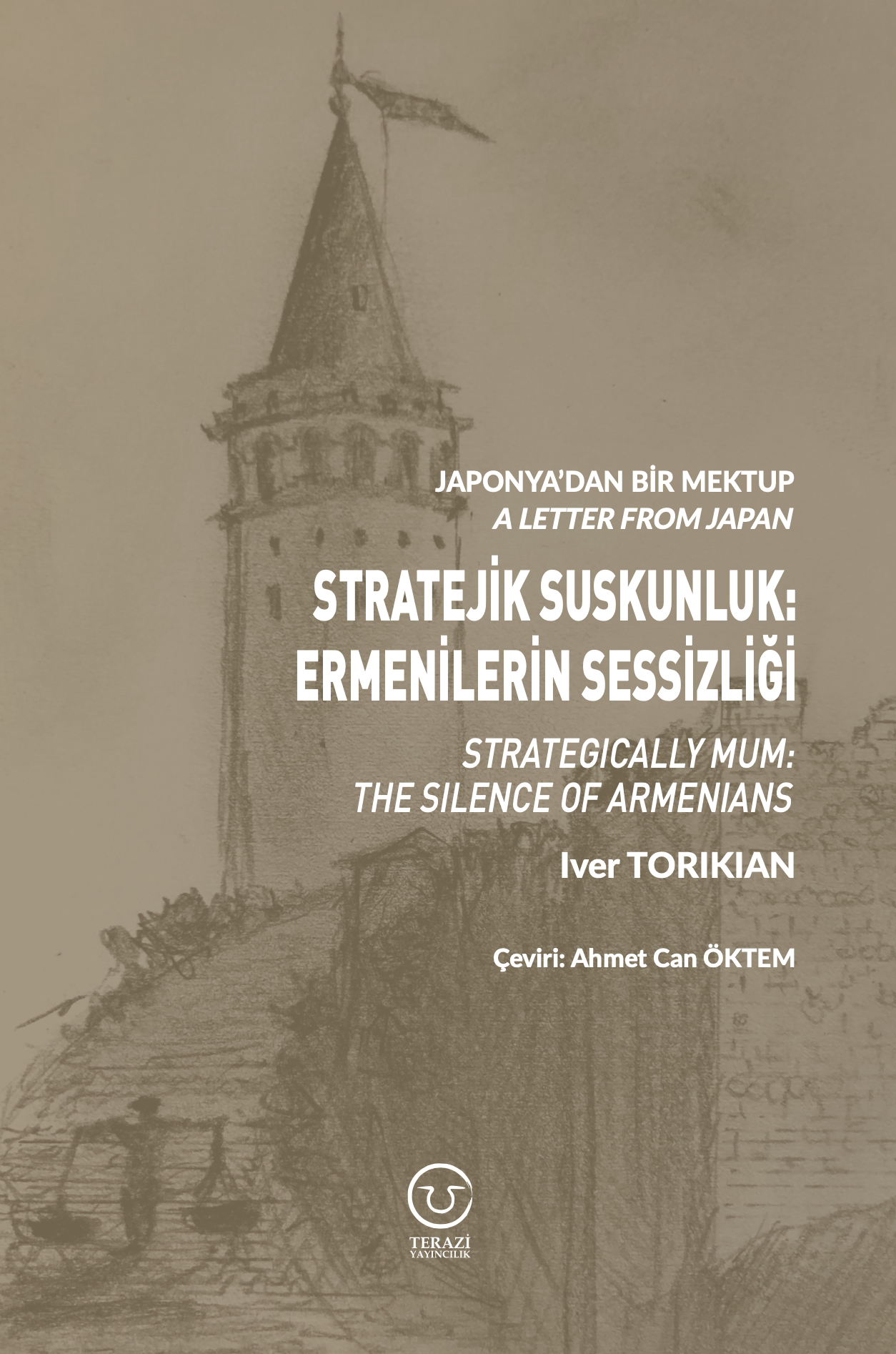
A Letter From Japan - Strategically Mum: The Silence of the Armenians -
01.01.2022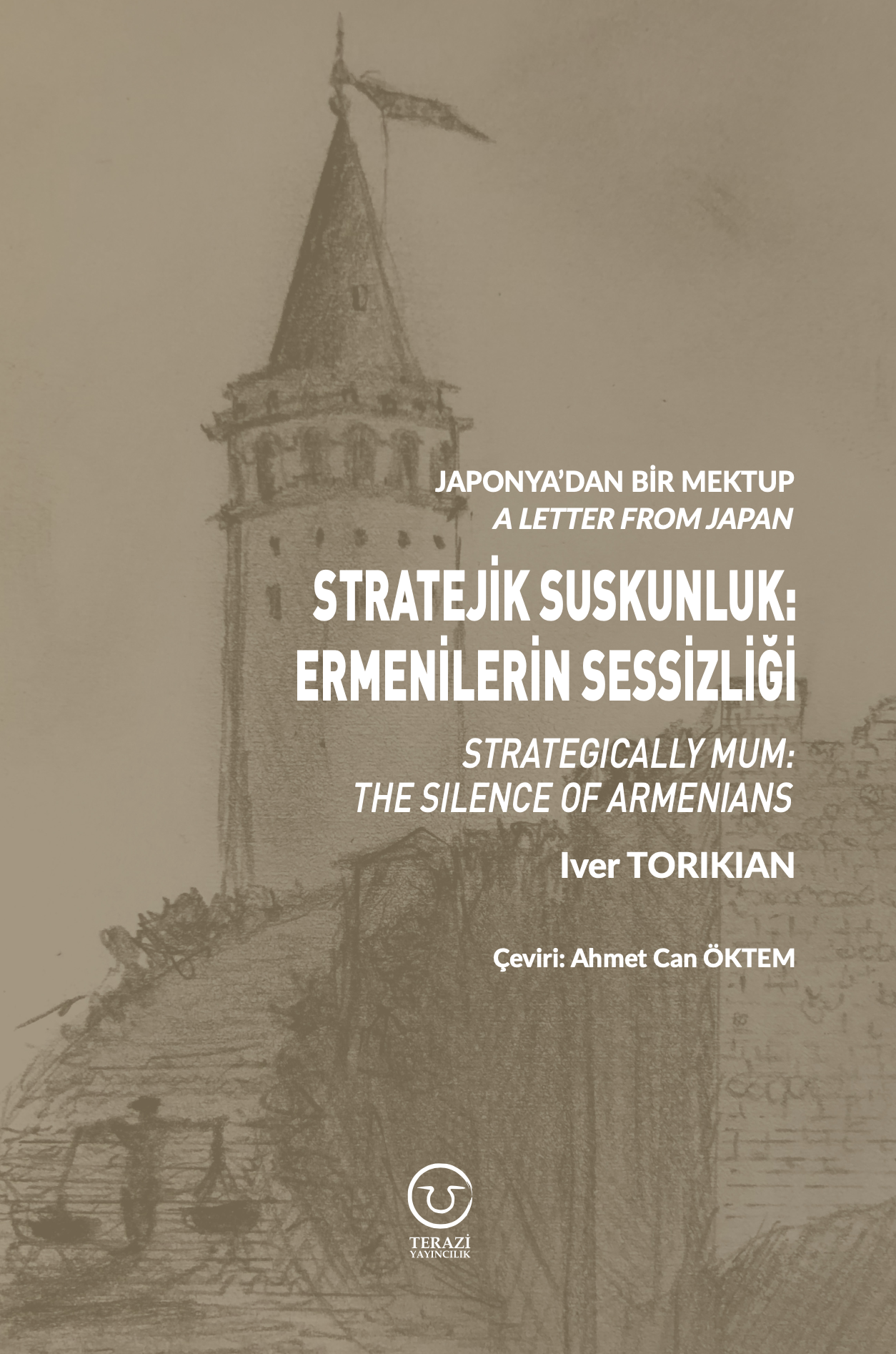
Japonya'dan Bir Mektup - Stratejik Suskunluk: Ermenilerin Sessizliği -
03.06.2020
Anastas Mikoyan: Confessions of an Armenian Bolshevik -
08.04.2020
Sovyet Sonrası Ukrayna’da Devlet, Toplum ve Siyaset - Değişen Dinamikler, Dönüşen Kimlikler -
12.06.2018
Ermeni Sorunuyla İlgili İngiliz Belgeleri (1912-1923) - British Documents on Armenian Question (1912-1923) -
02.12.2016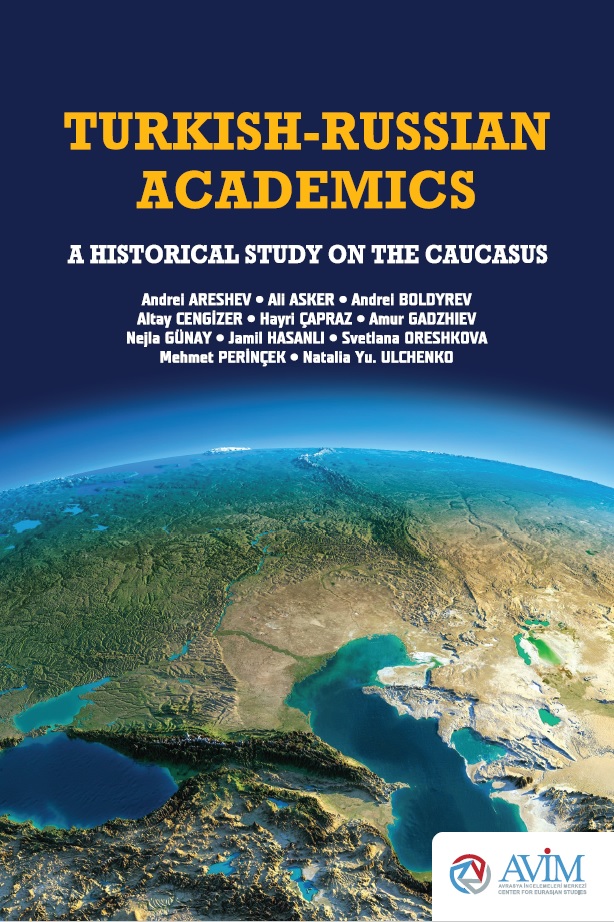
Turkish-Russian Academics: A Historical Study on the Caucasus -
01.07.2016
Gürcistan'daki Müslüman Topluluklar: Azınlık Hakları, Kimlik, Siyaset -
10.03.2016
Armenian Diaspora: Diaspora, State and the Imagination of the Republic of Armenia -
24.01.2016
ERMENİ SORUNU - TEMEL BİLGİ VE BELGELER (2. BASKI)
-
AVİM Conference Hall 24.01.2023
CONFERENCE TITLED “HUNGARY’S PERSPECTIVES ON THE TURKIC WORLD"








